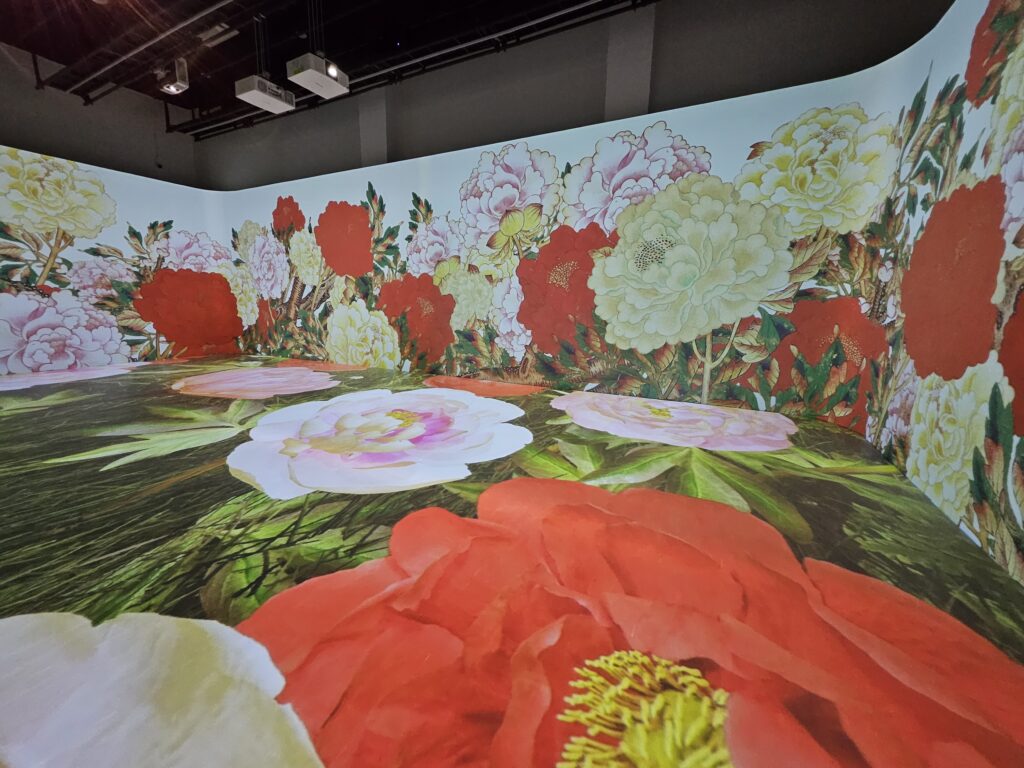Endless Landscape: Digitally Reimagined Korean Art holds the distinction of being the first of the many commemorative events that the Korean Cultural Center and the Embassy of Korea have lined up for 2024 in celebration of the Korea-Philippines diplomatic relations.
“This exhibition is more than a showcase of artistic premise, it is a testament to the deep-rooted ties and enduring friendship between Korea and the Philippines,” said Lee Sang-hwa, ambassador of the Republic of Korea to the Philippines.
Endless Landscape features four video works using new digital technologies produced by the National Museum of Korea and the Chuncheon National Museum. The videos — titled “Endless Mountains and Rivers,” “Royal Processions with the People,” “Pillars of Divinity, Chongseok Rocks” and “Peonies in Bloom” — are reinterpretations of traditional Korean paintings.

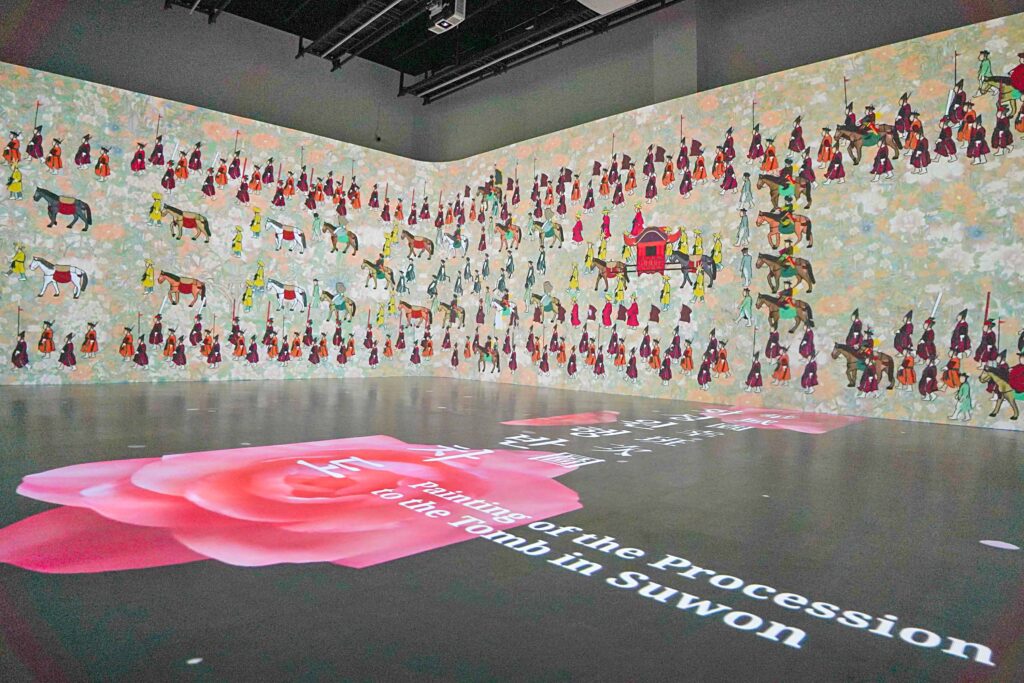
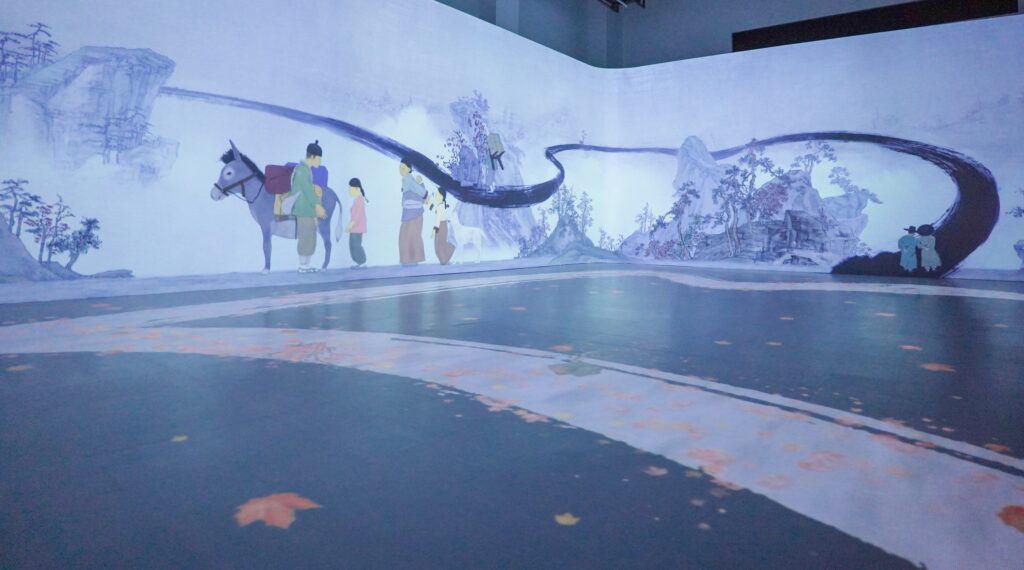
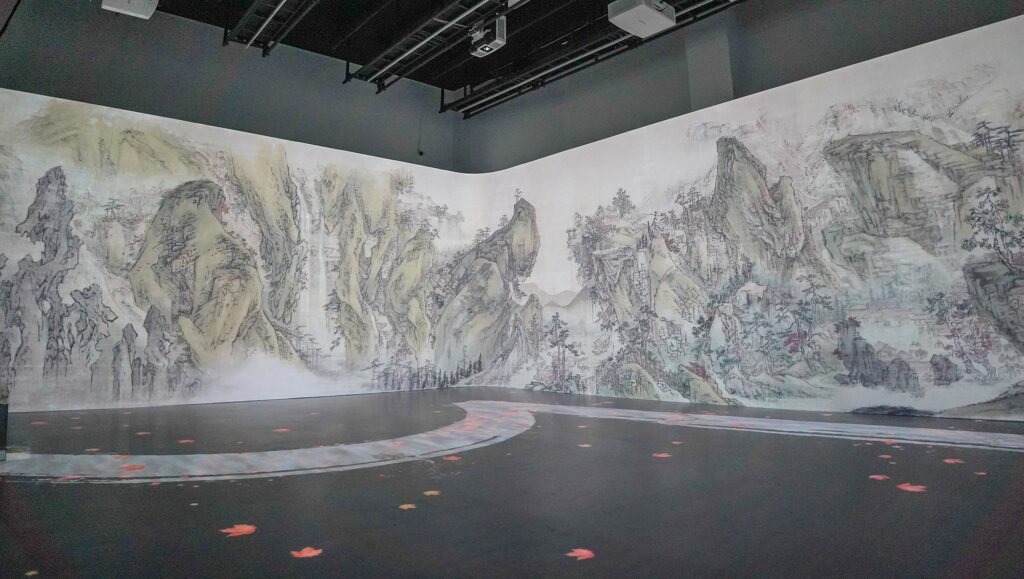
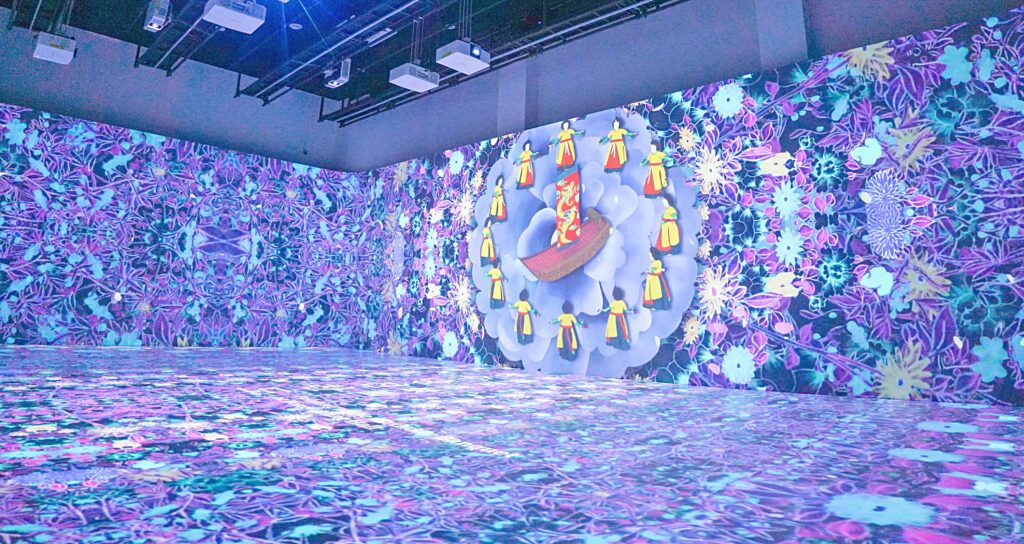
The first video work, “Endless Mountains and Rivers: A Prosperous World Unfolds in Nature,” is based on Endless Mountains and Rivers by Yi Inmun (1745-after 1824), a royal court painter during the Joseon Dynasty (1392-1897). It provides a vivid rendition of people living in harmony with immutable nature, a vibrant coexistence of humans and nature that represents a utopia that people in the late Joseon Dynasty sought to realize.
The second video, “Royal Processions with the People,” is based on the official uigwe (royal protocols) records of the ceremonies of the Joseon royal court. It invites visitors into a world of majestic royal rites centered on the processions to Hwaseong Fortress in Suwon by King Jeongjo (r. 1776-1880), the 22nd King of the Joseon Dynasty.
King Jeongjo may be known to international audiences through the Korean historical drama The Red Sleeve.
The third video work, “Pillars of Divinity, Chongseok Rocks,” illustrates the Chongseok Rocks in Tongcheon, Gangwondo Province. This clip is based on the painting Scenic View of Chongseok Rocks by the painter and calligrapher Kim Gyujin (1868-1933). The said painting was commissioned by Emperor Sunjong, the second ruler of the Korean Empire (1897-1910). It once decorated Heejeongdang Hall, his office at Changdeokgung Palace.
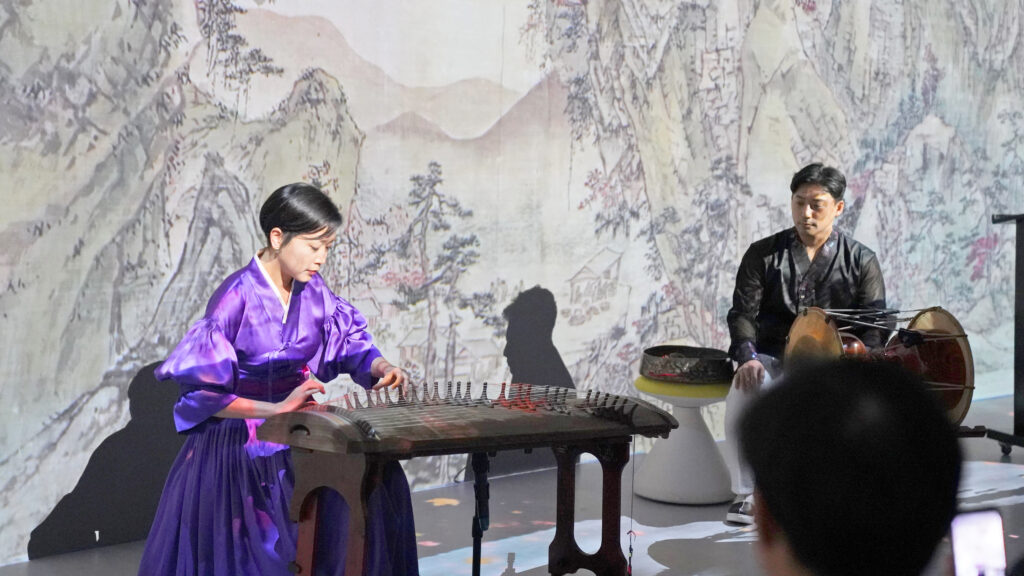
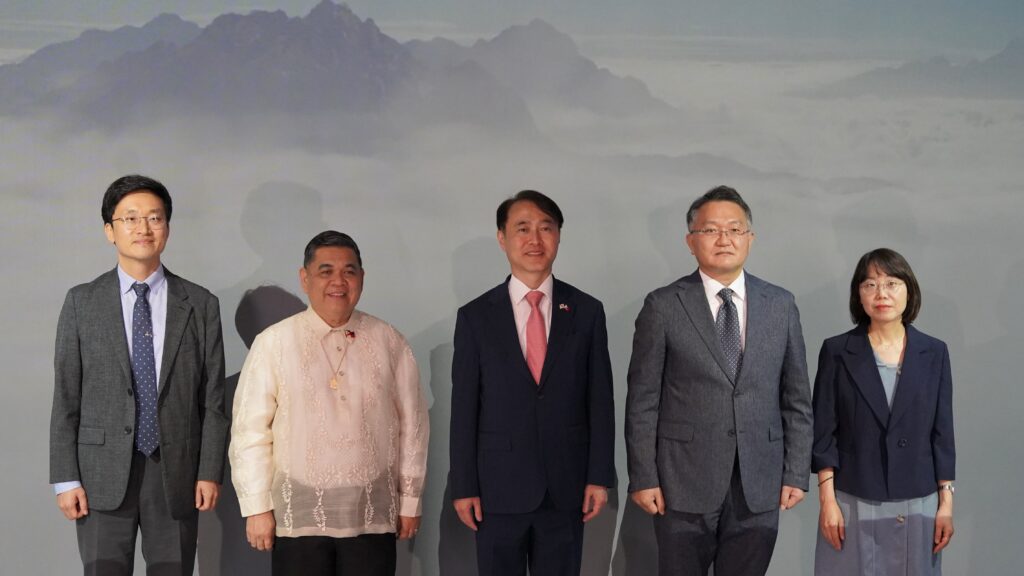
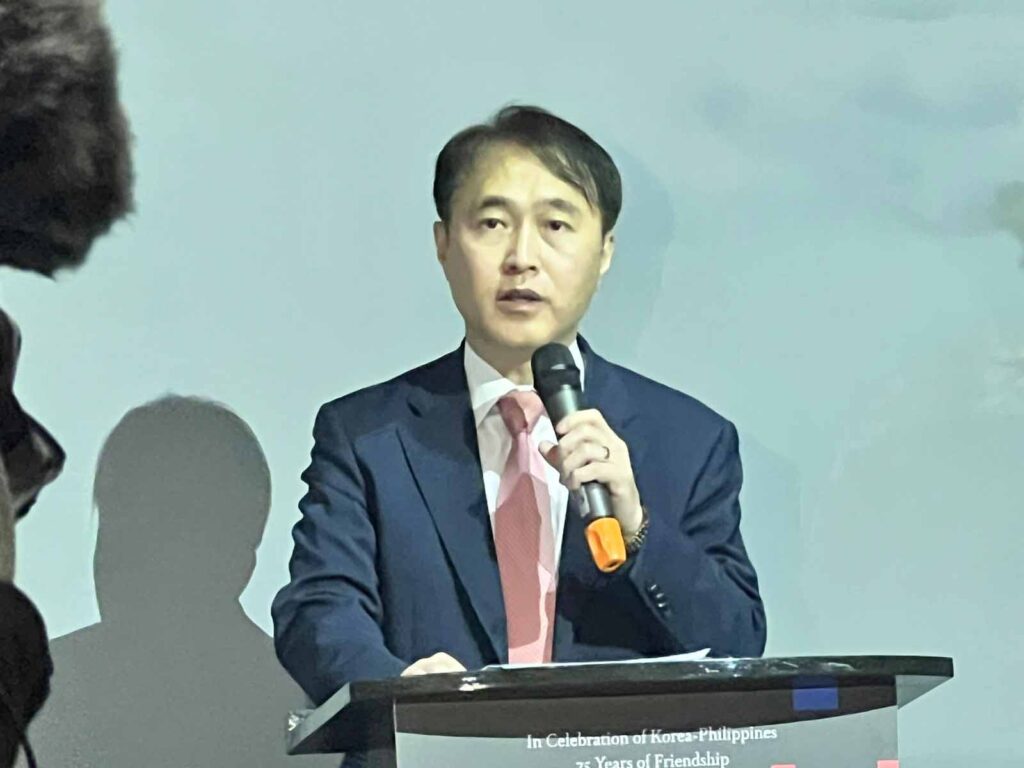
“Peonies in Bloom,” the fourth work, is inspired by the two-panel painting of peony flowers in the National Museum of Korea collection. It was originally installed in a palace building during the Joseon Dynasty. Celebrated as “the king of flowers” for their splendid and elegant appearance, peonies have long served as an object of admiration, a symbol of wealth and abundance, and an important motif for royal rites and architecture.
“It is fitting to kick things off with an exhibition that encapsulates our shared history and cultural exchange. What makes this outstanding is its unique blend of traditional Korean art, from the Joseon dynasty to advance technology. It offers a rare opportunity to experience Korean culture aiming to ignite interest and appreciation among Filipino friends,” Lee added.
Endless Landscape is on view at KCC’s 5th-floor Multipurpose Hall until 29 June.
The National Museum of Korea will continue to carry out further projects and overseas exhibitions as part of its Overseas Korean Galleries Support Program to ensure the preservation and utilization of Korean galleries and cultural heritage located abroad. The above exhibit will be accompanied by monthly house concerts featuring Filipino artists.
